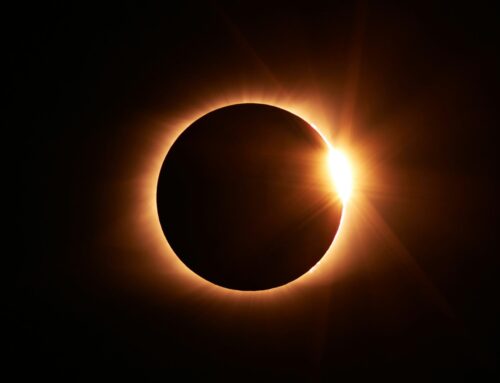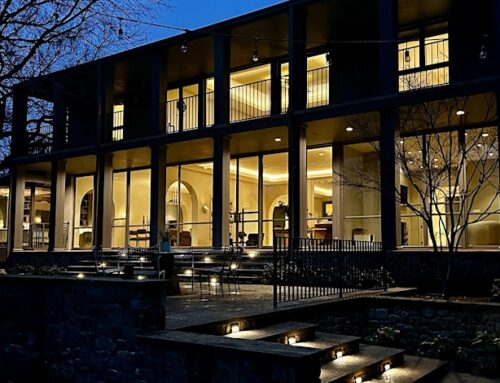Call it barbecuing or grilling. Use a smoker or a gas grill or charcoal. Choose between beef or pork or chicken or vegetables. All of which leads to one of the most difficult choices in wine: How do you figure out what to drink?
Yes, it can be confusing. Consider, for instance, that a classic pairing with grilled sausage is white wine — and sometimes, even sort of sweet white wines like riesling or gewürztraminer. Certainly, the heartiest red meats, like grilled rib eye or smoked brisket, can take a hearty red wine. But sometimes, how you’re cooking the food makes a difference. Grilled chicken marinated in olive oil, garlic and rosemary pairs with sauvignon blanc. But smoke that same piece of chicken with a dry rub, and it changes character entirely. Then, you’ll want a light red wine like a tempranillo or a beaujolais. And rosé, of course, will go with almost everything except that grilled rib eye. The bright fruit complements barbecue’s smokiness quite nicely, in fact.
One suggestion: Open a couple of bottles and experiment. You’ll be surprised at how the various food and wine combinations taste. (And you don’t have to finish all that wine if you don’t want to — just use a vacuum cork on it, and it will keep for a week or so.)
These three wines should work nicely with most July 4th barbecues:
• Georges Duboeuf Beaujolois Villages 2006 ($10). I was surprised at just how good this was — not candied at all, as beaujolais sometimes is, but honest red fruit and more acid than usual. Also, it’s lower in alcohol than most red wines, another plus for the summer. Drink this slightly chilled with grilled vegetables and smoked or roast chicken.
•
•
Aye, there’s the rub
Dry rubs are nifty cooking tools that have received lots of chi-chi press, but they’re really nothing more than a bunch of spices most people have in the kitchen. You don’t even have to make your own, although it’s quite simple to do, with or without a grinder. If you don’t have a coffee grinder, just buy the necessary spices already ground. There are also some nice commercial varieties available — just check the ingredients and make sure very little salt or MSG is included. Use this rub on chicken, pork chops and ribs, or to flavor burgers.
Julia Child’s basic dry rub
2 Tbsp ground bay leaf, ground cloves, ground mace, ground nutmeg, ground paprika, ground thyme
1 Tbsp ground allspice, ground cinnamon and ground savory
5 Tbsp ground pepper
Combine ingredients in a screw-top jar and mix well. Use 1/2 teaspoon per pound of meat. Marinate by rubbing the mixture on the meat at least an hour before cooking, or apply just before grilling.
Ask the wine guy
What’s the correct temperature for serving wine? How chilled is chilled?
Americans generally drink their red wines too warm and their white wines too cold. Red wines should be served in the low 60s and white wines 10 to 15 degrees below that. Most refrigerators are 35 to 38 degrees. When a red wine is too warm or a white wine is too cold, you don’t taste the fruit. In red wine, all you get are the tannins — the harsh, bitter quality typical of red wine — and a plain, almost icicle kind of taste in white wine. You can get red wine to that temperature by sticking it in the refrigerator about 30 minutes before drinking, while taking white wine out of the fridge 15 to 20 minutes ahead of time.






